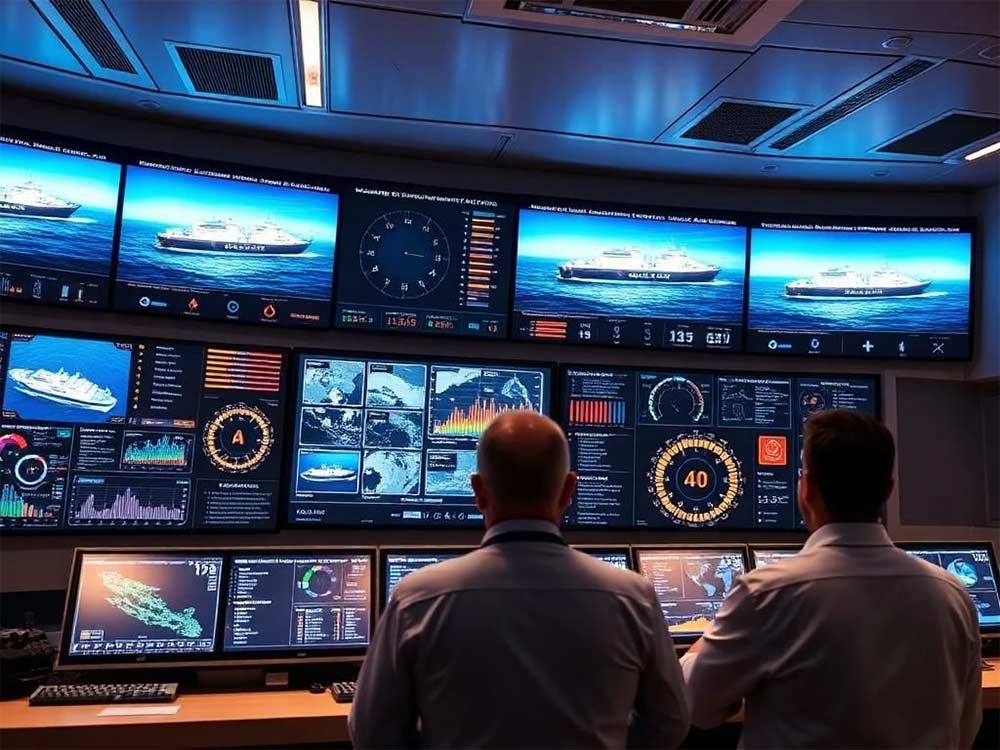Introduction to SIRE 2.0
The Ship Inspection Report Programme (SIRE) 2.0 is the latest inspection regime introduced by the Oil Companies International Marine Forum (OCIMF). This new framework replaces the traditional paper-based inspection process with a more dynamic, data-driven approach, designed to improve safety, environmental compliance, and operational efficiency.
Why SIRE 2.0 Was Introduced
The original SIRE program served the maritime industry for decades, but evolving safety and environmental demands required a more modern, technology-driven inspection system. SIRE 2.0 aims to:
-
Enhance transparency in vessel inspections
-
Standardize data collection and analysis
-
Integrate real-time risk assessments
-
Promote continuous improvement in fleet operations
Key Changes from the Previous SIRE Program
Unlike the old system, SIRE 2.0 uses a digital questionnaire that is tailored to each vessel, cargo type, and voyage profile. Key updates include:
-
Inspector Competency Management
-
Risk-based inspection questions
-
Data integration with vessel performance systems
Impact on Tanker Operators and Fleet Management
Tanker operators must adapt their fleet management strategies to ensure compliance. This means:
-
Updating crew training programs
-
Maintaining digital maintenance logs
-
Leveraging real-time operational monitoring
How to Prepare for SIRE 2.0 Inspections
Crew Training
Your crew must be trained not only in operational safety but also in digital inspection reporting.
Digital Record Keeping
Paper logs are no longer enough. Solutions like the Planned Maintenance System (PMS) from Micromarin help ensure accurate, accessible data.
Preventive Maintenance
Using tools like Ship Management Software, operators can detect potential failures before they occur, improving safety and compliance.
Role of Technology in Ensuring Compliance
Digital platforms make compliance easier by automating documentation, integrating inspection reports, and ensuring readiness for OCIMF audits.
Micromarin provides:
-
HSEQ System Software for safety & quality compliance
-
KPI Management Tools for performance tracking
-
Crew Management Systems for HR readiness

Linking SIRE 2.0 to TMSA 3.0 and RightShip Standards
SIRE 2.0 complements other industry frameworks like TMSA 3.0 and RightShip. By aligning these compliance requirements, tanker operators can streamline inspections and reduce operational risk.
Conclusion
Preparing for SIRE 2.0 requires more than ticking boxes. It’s about embedding a culture of safety, efficiency, and continuous improvement.
With Micromarin’s integrated maritime software solutions, tanker operators can meet OCIMF requirements and enhance operational performance.
Want to see it in action?
Request a demo of our TMSA-ready KPI platform
By choosing Micromarin, you're not just modernizing your maintenance—you’re future-proofing your fleet.
Interested in how PMS works alongside other modules like Crewing, Safety, or Data Exchange? Explore the full Micromarin suite to see how your operations can benefit from a unified platform.


















